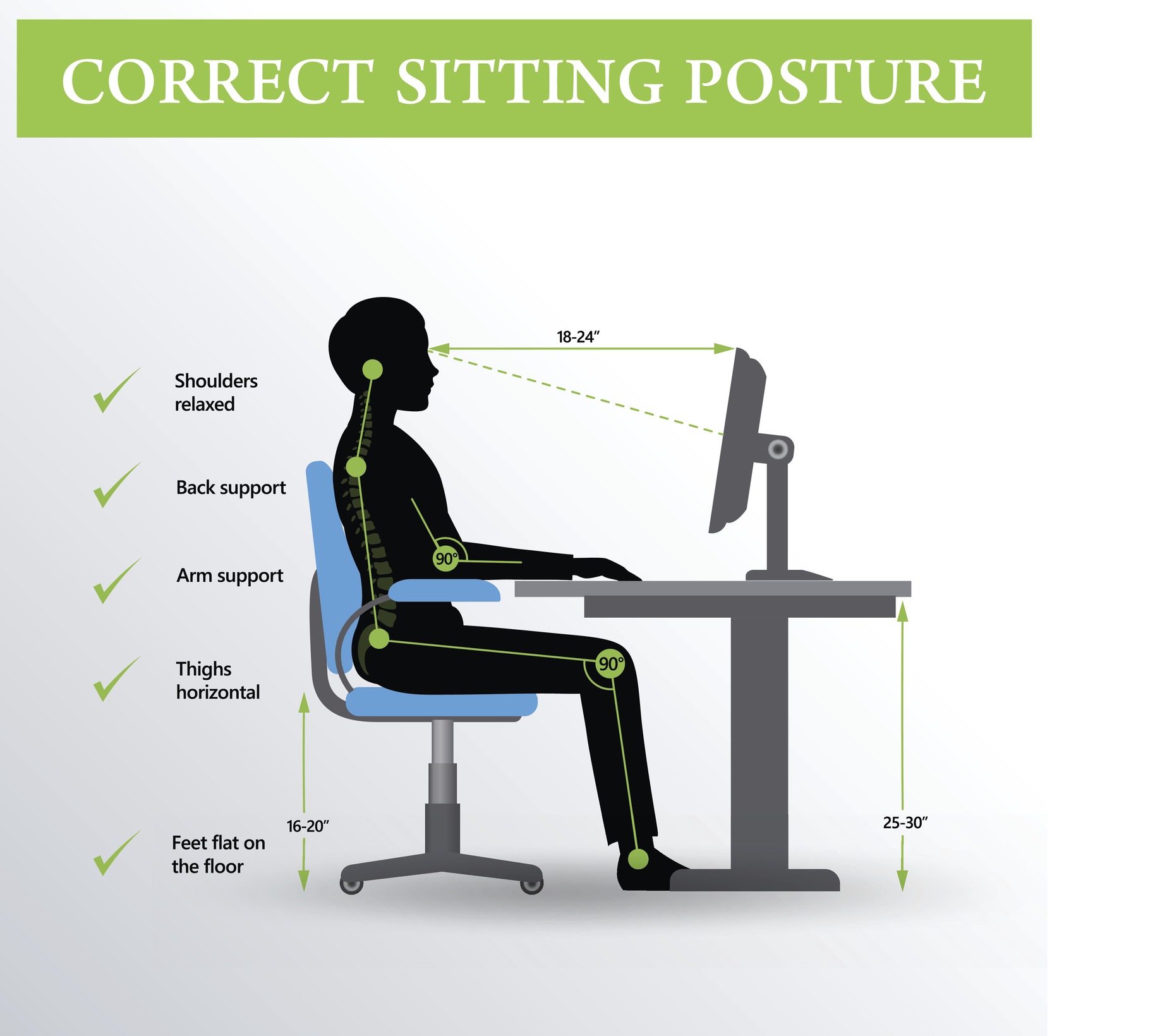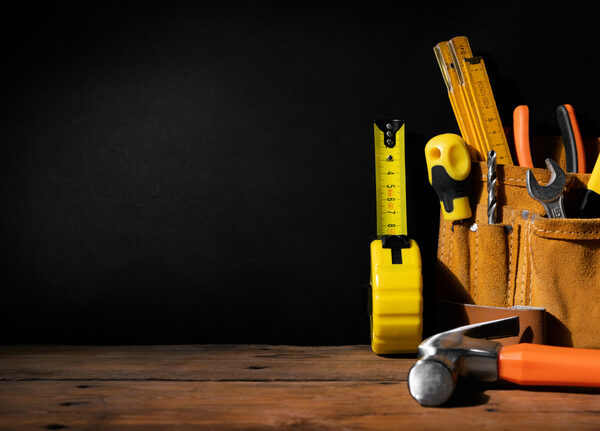As many people continue to work, learn, and stay connected with friends and family virtually, more time is being spent sitting in a home office or workspace. With no end in sight, it may be time to consider if your current seating could be wreaking havoc with your hips and back. Some people are investing in an adjustable standing desk or trying an exercise ball to engage the core but an ergonomically designed desk chair can also make a world of difference to your comfort and posture.
According to a recent Steelcase study, only 30 percent of people working from home would describe their workspace as comfortable. Individuals with an ergonomic chair were more likely to say their workspace was comfortable but only 24 percent of people surveyed reported having one.
What makes a chair ergonomic? The backrest should fit the natural contour of your back and the seat and backrest should promote healthy alignment of the spine and hips. The arms of the chair should be parallel to the floor, even when you recline, and the seat and armrests should be easily adjustable to fit your height and proportions. A chair that reclines can help give your back a rest and one that swivels allows the user to avoid twisting the torso which may lead to injury.
Ultra cushy chairs may not be as comfortable as they appear if they don’t support and align your back and hips properly. A mesh-back chair is a good option if you tend to overheat or don’t have air conditioning. Herman Miller chairs, although they come with a steep price tag, is famous for the breathable iconic Aeron ergonomic chair. Laura Davidson also manufactures stylish and comfortable home office seating options at a more reasonable price point. Look online for deals on open-box chairs and gently used office furniture.
Although it’s important to get up from your desk to walk around and stretch frequently throughout the day, unintentional distractions can make it more difficult to focus on the task at hand. A University of California Irvine study found that it takes an average of 23 minutes and 15 seconds to get back on task following a distraction. Wearing noise-canceling headphones can help, and if your chair is making you fidget or causing pain, a new one may be a good investment for your comfort as well as your productivity.
Read more about finding an ergonomic chair for your work-from-home situation by following this link to the Canadian Centre for Occupational Health and Safety.






Add Your Voice
0 Comments
Join the Discussion